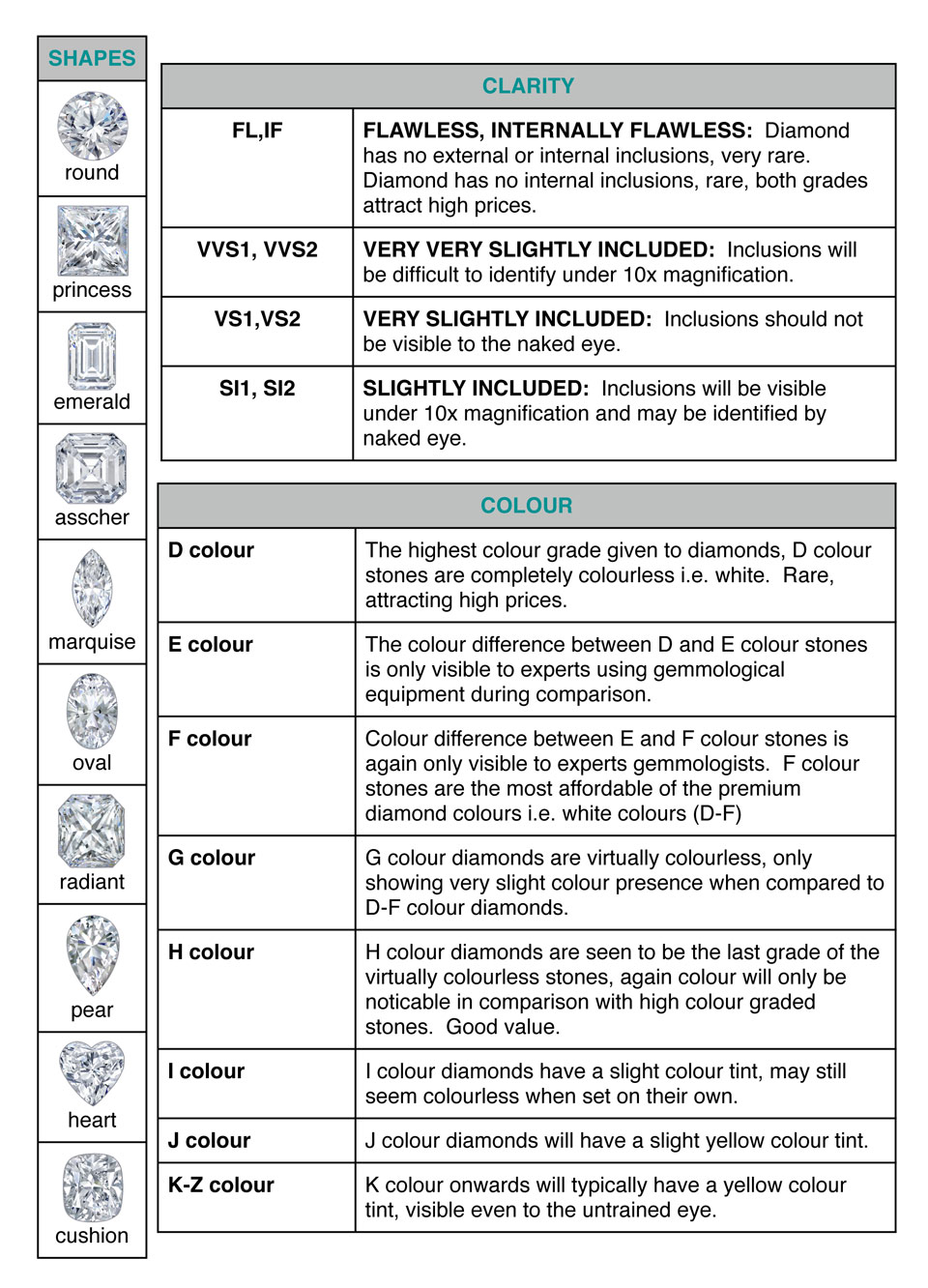Jewellery info
Please have a browse through the information below to find out about some of the high quality materials paulwilliam prefers to utilise. If by chance we haven’t covered something of interest to you then please contact us and we’ll get back to you with an answer.
Palladium
Palladium, part of the Platinum family of metals, is not a new metal to jewellery making. However in recent years with precious metal prices being relatively high, it has grown in popularity as a white metal to replace both Platinum and White Gold.
Palladium is much lighter than platinum, almost half the weight, but maintains a beautiful white colour. Like Platinum, Palladium does not require the rhodium plating White Gold needs to maintain its appearance – therefore you will never get that “rubbed-off” look that White Gold aquires. Its use as a precious metal in jewellery results in hypoallergenic pieces due to its purity, usually at 95%.
World wide, Palladium has increased in popularity immensely in recent years with many prestigious jewellery houses utilizing this precious metal. Jewellery customers the world over have embraced its stunning looks and precious properties. As a result it is becoming increasingly popular with celebrities and the European jewellery market.
Less expensive than Platinum, and rarer than White Gold, Palladium is the perfect choice for the discerning white metal wearer.
We at paulwilliam have enjoyed the results we have achieved with this precious metal, and encourage everyone not to be afraid to embrace the Palladium revolution that is currently gathering momentum throughout the world.
South Sea Pearls
Pearls have long been associated with jewellery that lends it wearer an elegance, allure and classic beauty that no other gemstone can match. South Sea pearls are the pinnacle of the pearl family – the finest and most beautiful of all.
South Sea Pearls are grown in the largest of all pearl oysters, the Pinctata Maxima. These oysters are cultivated and cared for in the pristine seas of Australia’s far north and the exotic locations of Indonesia and The Philippines. Their rarity in the fact that they are the only gemstone to have its origin in a living creature, adds to the mystery and romance of the South Sea Pearl.
Australia’s South Sea pearls are left in the Pinctata Maxima for 2 years, forming layer upon layer of ‘nacre’ before they are harvested. This produces far thicker nacre than those from Japanese oysters, and makes them far more durable than Chinese freshwater pearls. A properly cared for South Sea Pearl will last a lifetime and beyond.
paulwilliam has a long and loving history with the Australian South Sea Pearl. He understands the delicate nature, and unique personality each South Sea Pearl displays. His pieces compliment the individual nature each pearl has, and allows the wearer to make a statement of their very own.
Keshi Pearls
A Keshi South Sea Pearl is the rarest of all. From the Japanese word meaning “poppy seed”, a Keshi pearl is the rare, smaller, entirely spontaneous gem from a South Sea Oyster shell. Keshi pearls have no uniform characteristics – colours can range from silvery blues to sun-kissed golds, all in free-form shapes inspiring designers the world over to develop jewellery according to the personality of each Keshi pearl.
Cute, playful and miraculous, the Keshi South Sea pearl is a favourite of paulwilliam. Own your very own Keshi pearl jewellery today and invite this gift from mother nature into your heart.
Pearl Care
South Sea Pearls while harder wearing than many people imagine, do need to be cared for it they are to last a lifetime. Care should be taken to avoid them coming into contact with chemicals such as cleaning products like ammonia, vinegar and some jewellery cleaning products. Care should also be taken with beauty products, hairspray, perfume, sunscreen etc. Always put your pearls on after applying these products rather than before.
If just a small amount of simple care is taken, your pearls will last a lifetime for you to enjoy.
Diamonds
